The witches brew of storm clouds lingered over the mountain ridges of Montseny National Park, west of the coastal hills to the north of Barcelona. We met our driver on the road at the base of a 2,000 ft. mountain near Arbucies and loaded into a Range Rover for the drive up a dirt road winding round and round the rock outcrop to reach the medieval castle restoration project of Castell de Montsoriu.
This was the second time in two days I was riding in a 4-wheel drive excursion to see an archaeological project in Catalonia. At least this drive was in an enclosed vehicle that kept the dirt off my face. Thankfully, the rainstorm was still several miles away and water was not flowing across the cliff-edge dirt road for the afternoon drive to the mountaintop castle.
Atop the Castell de Montsoriu peak in Arbucies, Catalonia, Spain looking southeast to Montseny National Park.
Castell de Montsoriu September 2012.
Castle Montsoriu was one of the most important castles of Catalonia guarding the inland route between France and Barcelona. The Viscounty of Cabrera is recorded from the year 1002 and for the next 500 years until the unification of Spain in the early 1500s.
Castle Montsoriu reached its peak in the 14th and 15th centuries as a strategic defensive site. The 360 degree view of the surrounding landscape made this mountaintop castle nearly impregnable.
View looking north from Castle Montsoriu. The main historical road from France to Barcelona passed through the valley below.
Our archaeologist guide described the ongoing reconstruction work of the past 20 years. The castle had been a ruin on the mountaintop for centuries until recent decades when archaeological excavation began in the 1980s and significant work for the castle restoration project launched in the 1990s to rebuild this national heritage site.
In 1998 the family Ribot who owned the land donated Castle Montsoriu to the County Council of La Selva. “Friends of the Castle Montsoriu” was created as the administrative body in charge of funds for the current restoration project.
Castle Montsoriu is considered the most important gothic castle of Catalonia.
There were stories from our guide of ancient Iberians and witches and invaders on this site.
Who were the invaders?
Generally the French.
This tower has a spiral metal staircase to walk up to the top for incredible views.
Mountains of Montseny National Park in the distance.
Looking west where another tower of the castle once stood. The roads in the valley below follow some of the same roads used by Romans 2,000 years earlier to traverse this inland region of Catalonia.
The contrast of dark skies with bright sunlight filtering through the clouds from the east made the mountaintop castle appear even more formidable.
This section of Castle Montsoriu exemplifies the reconstruction process with new masonry supporting older walls.
One of the challenges facing the restoration is the lack of any architectural design map in the historical records of the region to guide the reconstruction process. The purpose of rooms is made on educated guesses.
Other media were visiting the castle along with our travel blogger group being hosted by Costa Brava Tourism. The archaeologist said the castle walls would typically have been plastered and painted to prevent erosion during the centuries of occupation.
Main entrance to Castle Montsoriu.
The castle walls were designed to force attackers to turn left, then right as they tried to reach the upper walls. This meant that the shielded side of the body would be exposed as soldiers were forced by the castle layout to turn one way, then the other.
Our archaeologist guide provided animated descriptions of the castle history. When she talked of the legend that witches create storms in the region, it kind of made me realize that isolation on a mountaintop leaves plenty of time to develop stories that turn into legends.
The castle walls were destroyed primarily in the 16th to 18th centuries.
The castle had an elaborate structural system for rainwater collection and storage with a 250,000 liter reservoir on site.
Castel Montsoriu water reservoir.
Fortunately the reservoir was not getting filled with rainwater during our visit. The storm did not rain over the castle. The witches must have blessed our travel blogger group that day.
Restoration of Castell de Montsoriu is in phase 4 of 11 after 20 years of activity. Project phases develop as funding permits. The Dining Hall was reconstructed in 1995. The tower we climbed was completed in 2000.
Castle Montsoriu received 11,000 visitors last year. The castle is open weekends and only for guided tours.
Castell de Montsoriu website is only in Catalan, Spanish and French. Google translation gives a somewhat decipherable text in English.
Photo from http://www.montsoriu.cat/.
Loyalty Traveler Disclosure: My visit to Castle Montsoriu was part of a 3-day post-TBEX Europe 2012 trip for nine travel bloggers sponsored by the Costa Brava Tourism Board. Transportation, museum admission, meals and hotels were provided free of charge.
TBEX12 Girona, Spain and Costa Brava Tourism Board tour
- Catalunya Castells Human Towers–TBEX12 @CostaBrava (Sep 20, 2012)
- TBEX Girona, the Pyrenees and Beaches of Costa Brava (Sep 24, 2012)
- Walking Costa Brava at Lloret de Mar (Sep 25, 2012)
- Traveler Impressionism in Costa Brava, Spain (Sep 29, 2012)
- Tossa de Mar, Costa Brava–Blue Paradise (Oct 11, 2012)
- Hotel Diana, modernist boutique in Tossa de Mar, Spain (Oct 12, 2012)
- Gastronomy – the Science of Eating Food @Club-Hotel Giverola, Tossa de Mar, Costa Brava (Oct 15, 2012)
Ric Garrido, writer and owner of Loyalty Traveler, shares news and views on hotels, hotel loyalty programs and vacation destinations for frequent guests. You can follow Loyalty Traveler on Twitter and Facebook and RSS feed.


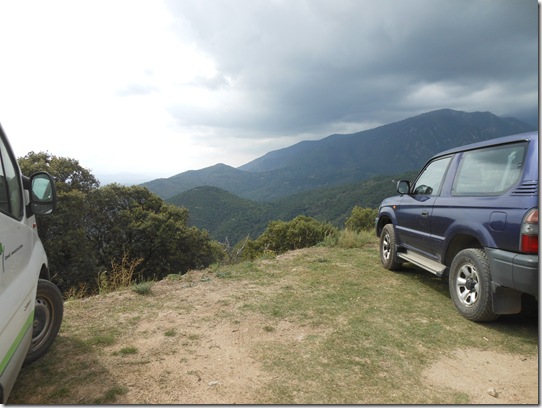
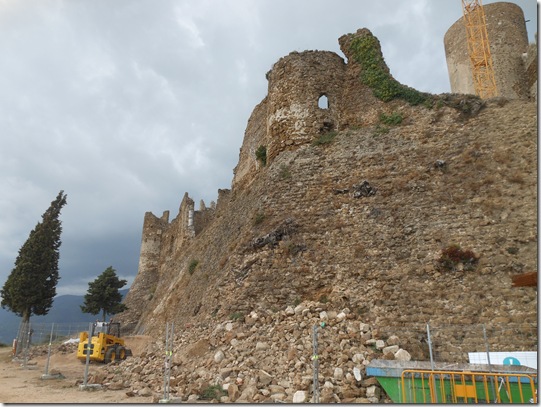
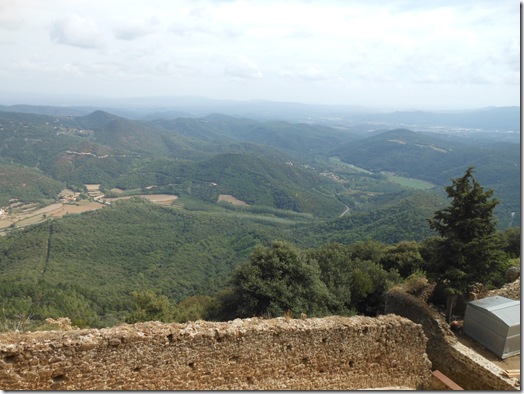
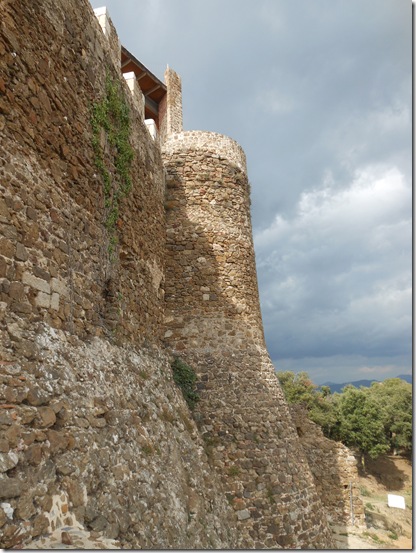
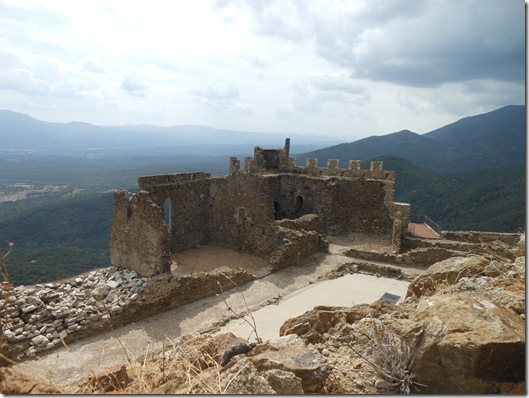
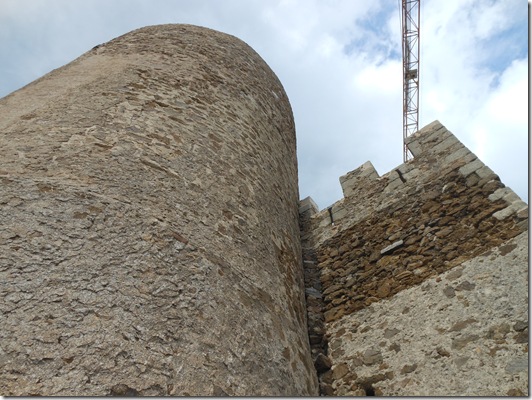
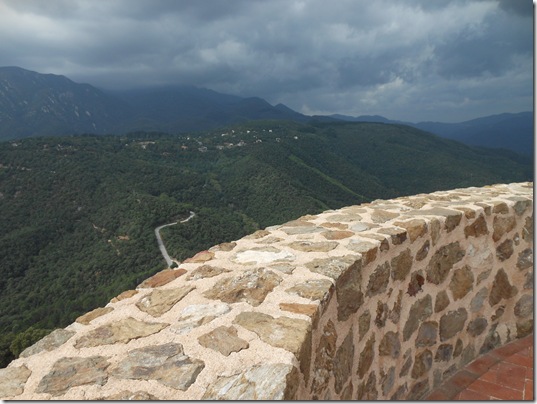
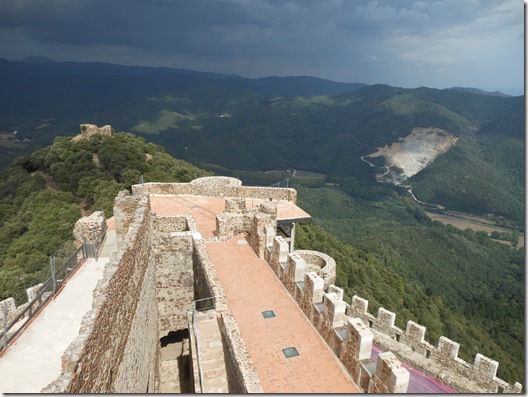
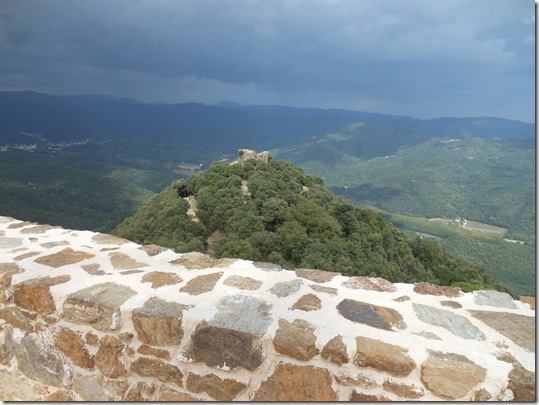
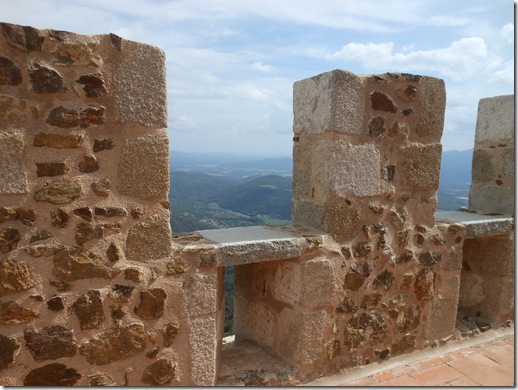
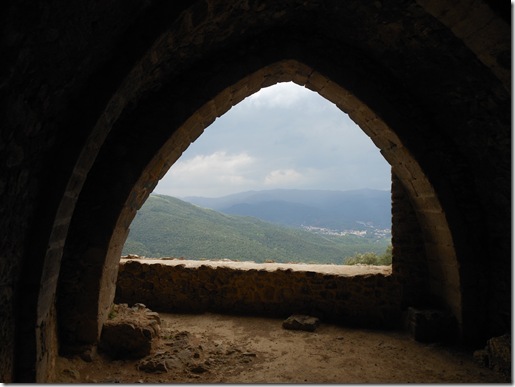
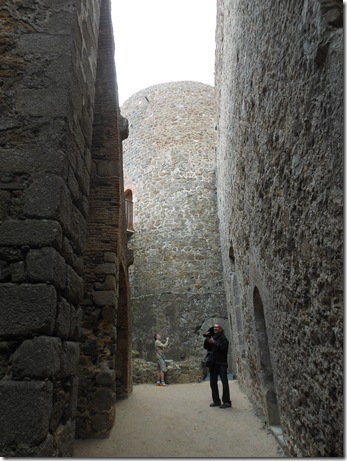
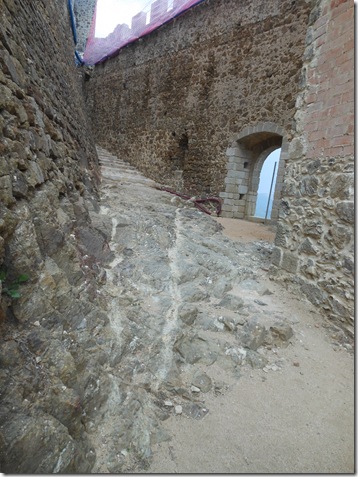
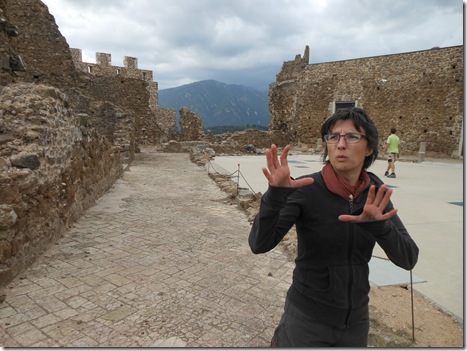
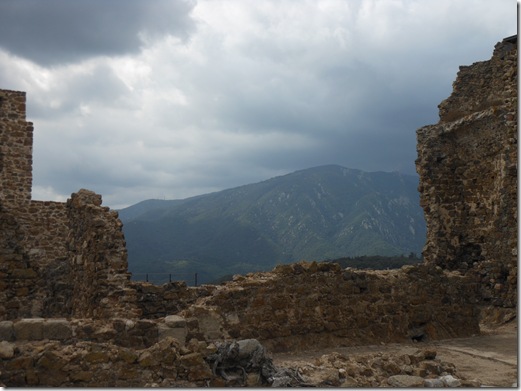
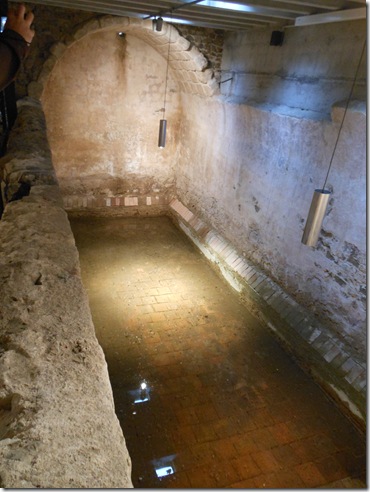
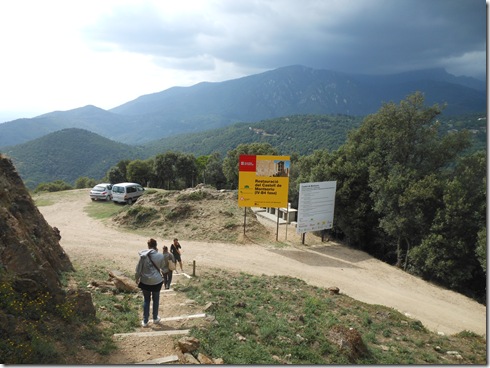
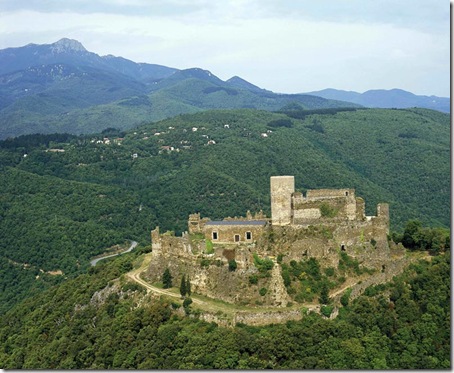
1 Comment
Comments are closed.